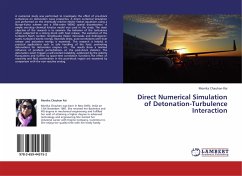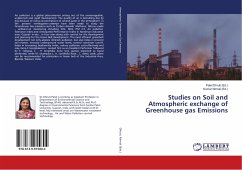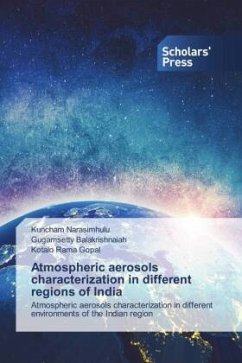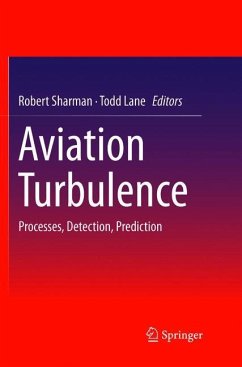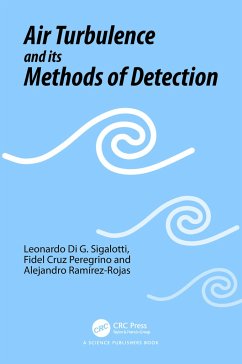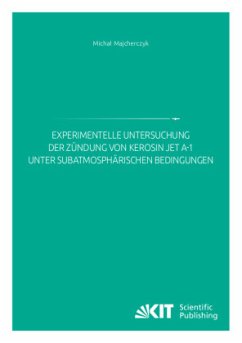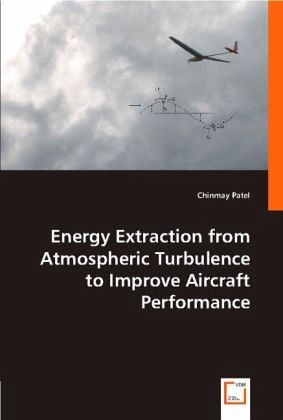
Energy Extraction from Atmospheric Turbulence to Improve Aircraft Performance
Versandkostenfrei!
Versandfertig in 6-10 Tagen
39,99 €
inkl. MwSt.

PAYBACK Punkte
20 °P sammeln!
Birds have long been known to use wind currents to fly long distances without flapping their wings. Due to technological advances, bird-sized aerial vehicles have now become practical. This book describes how such aircraft can extract the energy available in atmospheric turbulence. The principle of energy extraction is explained using simple gusts to illustrate the important concepts. Control algorithms are then developed to gain energy from realistic atmospheric turbulence. These theoretical studies are complemented by experimental validation using a dedicated autopilot and a small Unmanned A...
Birds have long been known to use wind currents to fly long distances without flapping their wings. Due to technological advances, bird-sized aerial vehicles have now become practical. This book describes how such aircraft can extract the energy available in atmospheric turbulence. The principle of energy extraction is explained using simple gusts to illustrate the important concepts. Control algorithms are then developed to gain energy from realistic atmospheric turbulence. These theoretical studies are complemented by experimental validation using a dedicated autopilot and a small Unmanned Aerial Vehicle (UAV). Flight tests show that simple control laws can dramatically improve the performance of UAVs. This book summarizes a project that effectively combines topics such as avian flight, flight mechanics, optimization, embedded electronics, control law design, and flight testing, and develops techniques useful to engineers. The explanation of soaring concepts and flight test results should certainly stimulate the minds of aviation enthusiasts, but the core concept of improving the performance of a system in a rapidly changing environment is applicable across disciplines.



